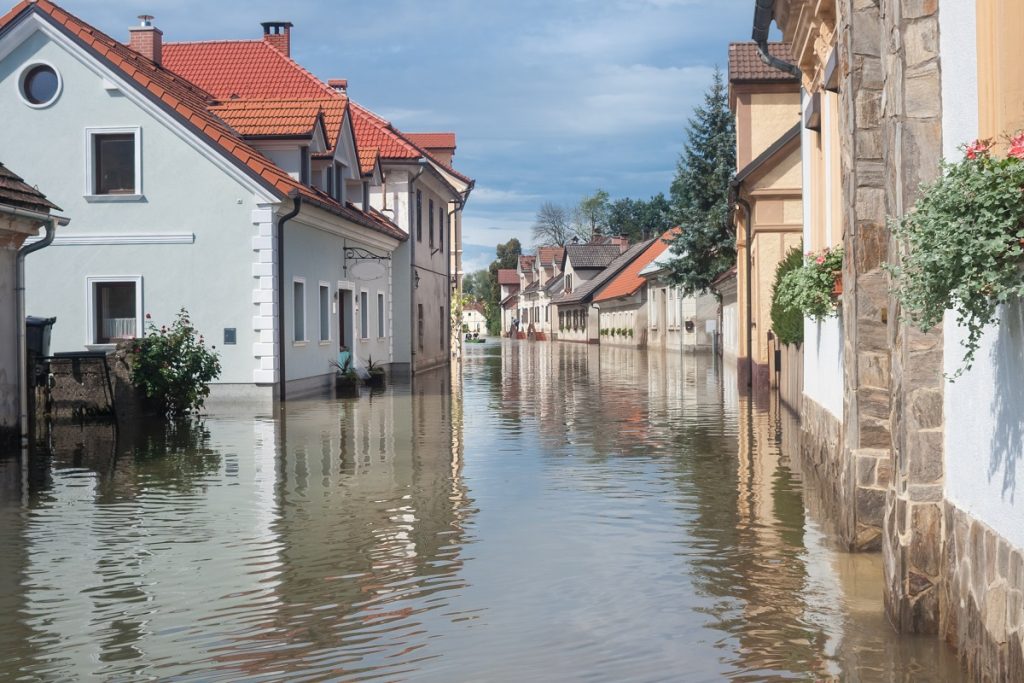- Get professional help to assess structural damage and develop a restoration plan to restore your home pre-typhoon.
- Check electrical systems for damage and take preventive measures, including installing flood barriers, against future flooding.
- Immediately remove standing water and use dehumidifiers/fans to dry the affected areas, then clean and disinfect surfaces.
- Invest in typhoon-proof windows and other resilience features to prepare for future typhoons.
- Always have an emergency kit ready and educate the family on the importance of being prepared for another typhoon.
When a typhoon strikes, it can be devastating to homes and properties. The long process of cleaning up the mess and repairing the damage can be overwhelming. Still, it is crucial to prioritize the restoration of your home.
Experiencing a typhoon can be traumatic, and its aftermath can be overwhelming. However, restoring your home should be a priority because it is a necessary step toward reclaiming normalcy. It is where you feel secure and safe and where memories take place.
A safe and comfortable home can provide a sense of peace and normalcy that is important for mental and emotional well-being.
This article will provide helpful steps and tips on how to restore your home post-typhoon.
Restoring a Flooded House
One of the expected effects of a typhoon is flooding, which can cause significant damage to your home. Restoration should start as soon as possible to prevent further damage and avoid substantial problems in the future. However, it is not advisable to repair the work yourself.
Role of Professional Flood Restoration Companies
Professional flood restoration companies have the expertise to handle restoration work efficiently. They can also help identify hidden damage and issues that may not be readily noticeable but pose a significant threat.
Moreover, professional flood restoration companies have the experience, tools, and knowledge to do the job correctly. They follow industry-standard best practices, ensuring the job is done safely and efficiently. These companies also have the equipment to extract water and dry the affected areas quickly.
Furthermore, they can thoroughly assess the damages and develop a restoration plan to restore your home to its pre-damaged state.
Steps To Take When Dealing With a Flooded House

Safety is the first and most important step when dealing with a flooded house. Be aware of potential electrical hazards, contaminated water, or weakened structures. Once it is safe to enter, the following steps should be taken:
- Water Extraction and Drying — Get rid of standing water immediately, and use dehumidifiers or fans to dry the affected areas.
- Cleaning and Sanitizing Affected Areas — Remove debris or damaged possessions, and disinfect all surfaces to prevent mold growth and other health risks.
- Removing Damaged Materials and Belongings — Vacate any materials that have been damaged beyond repair and individual belongings that can still be restored.
- Assessing and Repairing Structural Damage — Inspect the entire house for structural damage and get professional help to ensure proper repair and restoration.
Ensuring Safety and Prevention
After a typhoon, safety hazards can be present throughout your home. It’s necessary to take steps to ensure safety and prevent future flooding.
Checking Electrical Systems and Addressing Safety Hazards
One of the first steps you should take is to check your electrical systems for any damage. Electrical damage can be dangerous and cause fires, so it’s essential to have a professional inspect your system and make any necessary repairs.
Implementing Preventive Measures Against Future Flooding
In addition to addressing immediate safety hazards, preventive measures against future flooding are critical. This can include installing flood barriers, elevating appliances and electronics, and improving drainage systems around your home.
Proper Mold Prevention and Remediation
One of the long-term effects of flooding is the growth of mold, which can lead to respiratory problems and other health issues.
To prevent mold growth, it’s essential to dry out your home as quickly as possible and address any water damage. If mold has already taken hold, you may need a professional to remediate the problem.
Restoring Your Home and Reclaiming Normalcy
Once you have evaluated the extent of the damage and have the budget for restoration and repair, the next step is to begin restoring your home.
Working with an experienced and professional team ensures that repairs and rebuilding are done safely and correctly.
Repairing and Replacing Damaged Components
The repair and replacement process should start immediately, beginning with the most crucial aspects, like repairing any structural issue your home sustained. Ensure you work with professionals with experience in these repairs, as it restores your home faster.
Redesigning and Rebuilding Affected Areas
After repairing the house’s structural aspects, the next step is a home building and redesign. This is an opportunity to add resilience features to your home to prepare for possible future typhoons.
Start with waterproofing measures, add steel-reinforced walls, and invest in typhoon-proof windows.
Enhancing the Home’s Resilience to Future Typhoons

It’s essential to remember that while you cannot prevent natural disasters, you can prepare for them. Enhance your home by monitoring weather patterns and investing in flood barriers like sandbags.
Always have an emergency kit ready, and educate your family on the importance of being prepared in case another typhoon hits.
Restoring your home post-typhoon is essential for reclaiming normalcy. It’s important to seek professional help when restoring a flooded house.
Professional flood restoration companies have the experience, tools, and knowledge to get the job done correctly. Taking swift action is crucial to ensure a safe and efficient restoration process.
Moreover, it’s important to take the time to assess the damage, evaluate the extent of the damage, and ensure safety and prevention against future flooding.
With the right approach, you can reclaim a sense of normalcy in your home and move forward confidently.

